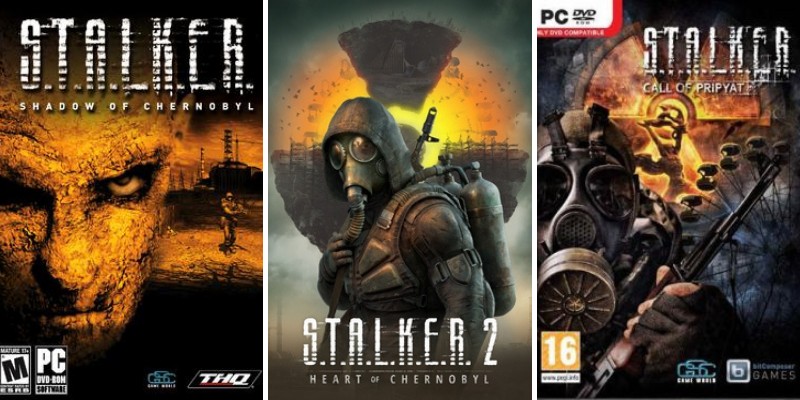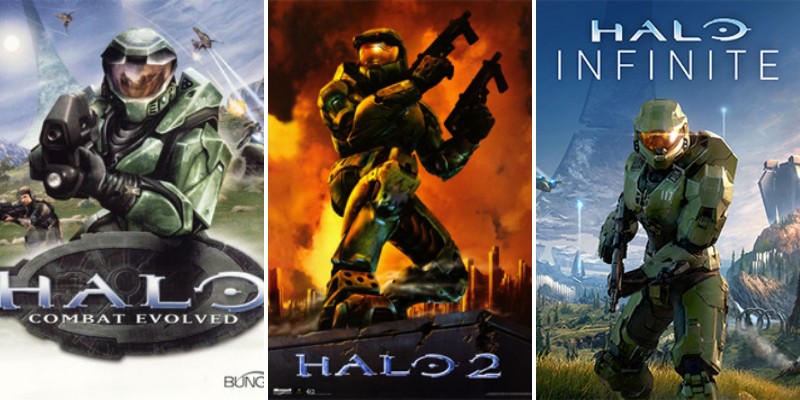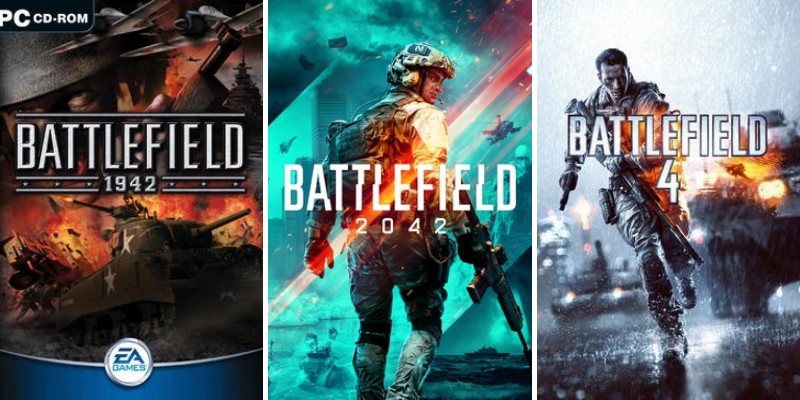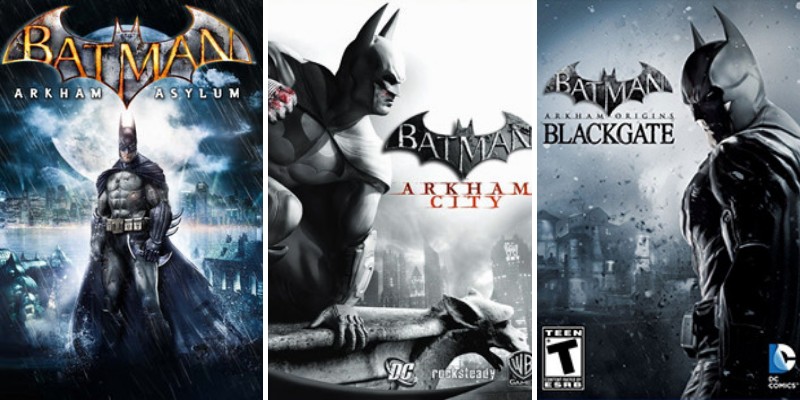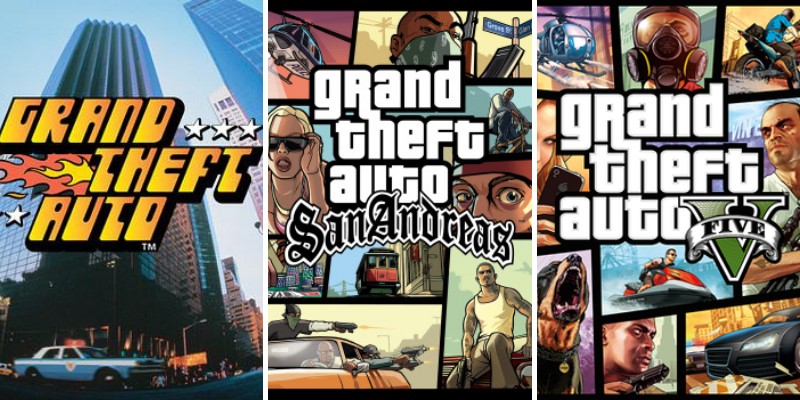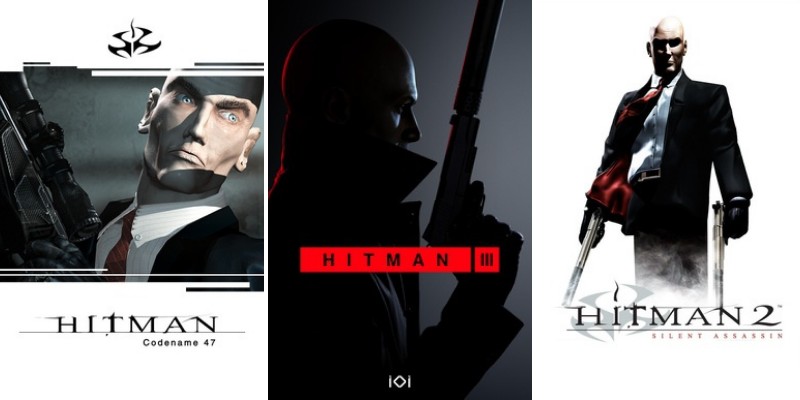Sword Art Online is a popular light novel series that has been adapted into many forms. It follows the journey of a young man who is trapped in a virtual reality MMORPG and must escape from the game by ascending its levels.
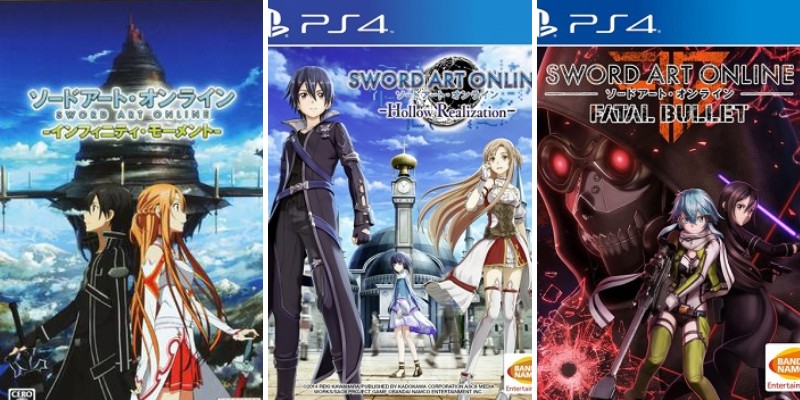
If he dies in the game, though, he dies in the real world. As you might expect, this premise has made it a good fit for being adapted into video games and the series itself has had a fairly solid output since 2013.
In the article below we’ll go through all “Sword Art Online” (SAO) games in order of release and describe each one, so let’s get started.
Sword Art Online: Infinity Moment (2013)
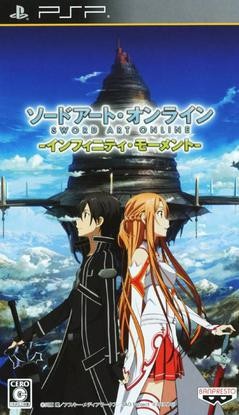
Given that Sword Art Online is all about being trapped in a video game, it makes sense that light novel would be adapted into a video game.
Rather than simply adapting the plot of the first arc into playable form, though, the first game in the SAO video game series picks up near the end of the original story and thrusts players into an alternate ending that plays around a bit with SAO canon.
Released on the Playstation Portable, SAO: Infinity Moment put players in the role of the series protagonist Kirito and saw him still stuck in Sword Art Online even after defeating the villain of the story’s first arc due to the glitch.
Players were given the ability to play around in the world of the titular game and experience the same kind of quests and missions that “in-world” players would have experienced. The game itself received middling scores from critics and fans alike, most of whom might have been expecting more from the game.
Sword Art Online: Hollow Fragment (2014)
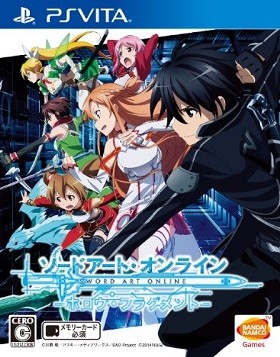
While Infinite Moment might have been considered a mediocre game by most, it was also hampered by being released on the Playstation Portable towards the end of that console’s lifespan.
It’s no wonder, then, that the game was re-released on the PlayStation Vita the next year as part of an expanded experience called Hollow Fragment.
Hollow Fragment is largely an updated and remastered version of Infinite Moment, with the addition of a few new areas and a host of recruitable characters added into the mix.
The game drastically outsold the older version, but received relatively little critical praise from most of the media. Japanese reviewers found the combat to be excellent but didn’t love the story, while North American and European reviewers savaged the game’s romance storylines as well as the abysmal localization of the dialog.
Sword Art Online: Lost Song (2016)
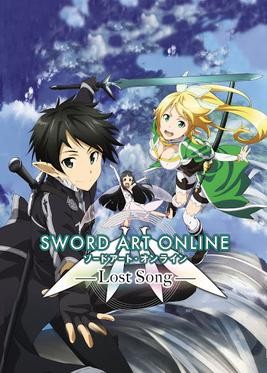
By the time Lost Song was released, the SAO games had gone from spin-offs of the light novel series to their own continuity. Nowhere was this more obvious than in the 2016 release of Lost Song, which saw the characters of Sword Art
Online tackle a totally differently VRMMORPG than they did in the novel series’ canon. This game would send them to the world of ALfheim Online and follow a storyline that was totally unique to the games.
Released on PS4 and the PS Vita, Lost Song seemed to have both many of the same problems as Hollow Fragment. Many players enjoyed the battle system of the game as well as the chance to interact with new characters, but many also noted that the dungeons felt bland, the dialog was rote, and that most of the localization efforts still needed a lot of polish.
Still, this is the game that most feels like it established an entirely new universe for Sword Art Online that was unique only to video games.
Sword Art Online: Hollow Realization (2016)
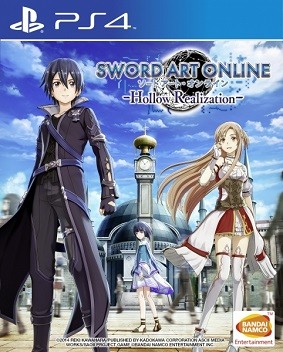
After three games that followed fairly similar mechanical paths, Sword Art Online was ready for something new in 2016. The next game in the series, Hollow Realization, would finally give players control over a new protagonist, shift the size of the party from three to four, and really embrace role-playing elements over the more action-oriented elements of the previous game. Whether this would be enough for fans of the series, though, was genuinely hard to figure out.
As with previous entries in the series, Hollow Realization was released both on the PS4 and PS Vita. Like those entries, the game received largely mediocre reviews that tended to praise the overall world of the game and had problems with issues like the specific plot and the (by 2016) now somewhat stale visuals.
What was unique, though, is how this iteration of the game really put character building back in the players’ hands and allowed them to experiment with an SAO world that wasn’t necessarily as tied to the stories of the original light novels.
Sword Art Online: Fatal Bullet (2018)
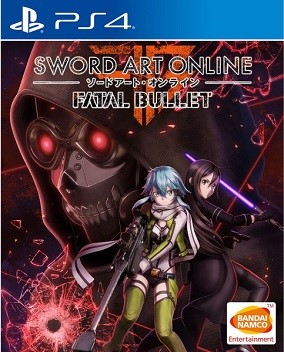
If Hollow Realization was an attempt to push the boundaries of what a Sword Art Online game could be, Fatal Bullet is the game that absolutely blew past those boundaries entirely.
Not only did the game have a wildly different system than those that preceded it, but this game also managed to stand out as one that took place at a different point in continuity and one that eschewed familiar in-universe characters for characters of the player’s own creation.
Launched on PS4 before coming to the Xbox One and Nintendo Switch, Fatal Bullet took place in Gun Gale Online, the games from Sword Art Online’s second arc.
This move also brought with a change from an RPG style to 3rd-person shooter mechanics and the use of guns instead of more ‘traditional’ fantasy weapons.
Players were tasked with creating their own characters and could even team up with other human players in multiplayer mode. Reviewers weren’t especially kind to the game’s story or pacing, but they did tend to like the fact that Fatal Bullet was trying something new with the Sword Art Online franchise.
Sword Art Online: Alicization Lycoris (2020)
Somtimes a step forward for a series is immediately followed by a step back. The mediocre reviews for Fatal Bullet meant a return to the traditional world of Sword Art Online for the next game, one that would uniquely adapt part of the light novel’s own plot in order to create a new game.
Alicization Lycoris was released initially on the PS4 and Xbox One before making its way to the Nintendo Switch, managing to create more of a long-tail experience for itself than any other game in the series.
Alicization Lycoris adapts part of the Alicization arc of Sword Art Online. Players take control of Kirito once again and go through a more typical JRPG experience than in games past.
Most players and reviewers who played this game noted that it was significantly slower than previous series entries, with a number of technical and story faults that made it harder to get absorbed into the game’s world than necessary. Still, the relatively strong sales of this game almost certainly ensure that more Sword Art Online games will be made.
